For Product Registration and general enquires please contact us
New Zealand Spinach
$7.99 – $65.99
Familiar to many gardeners, this is not really a spinach. It provides copious amount of leaves for salads and cooked greens in mid-summer. Once it is established it is vigorous and trouble-free.
Shipping & Returns
West Coast Seeds ships anywhere in North America. However, we are not able to ship garlic, potatoes, asparagus crowns, bulbs, onion sets, Mason bee cocoons, or nematodes outside of Canada. We regret, we cannot accept returns or damages for orders outside of Canada. The minimum shipping charge to the US is $9.99.
Description
More details about New Zealand Spinach
Tetragonia tetragonioides. Familiar to many gardeners, this is not really a spinach. It provides copious amount of leaves for salads and cooked greens in mid-summer. Once it is established it is vigorous and trouble-free. New Zealand spinach seeds need lots of heat to germinate so start inside or wait until May or June to seed outside. Soak the small, hard seed overnight before planting. The flavour is better if the plants have some shade from the sun. Pick the leaves and young shoots of this trailing plant regularly to lengthen the harvest. New Zealand Spinach is perennial in mild winters. Matures in 55-65 days. (Open-pollinated seeds)-
- Not really a spinach
- Provides copious amounts of greens
- Perennial in mild winters
- open-pollinated seeds
- Matures in 55-65 days
All About New Zealand Spinach
Latin
Spinacia oleracea
Family: Amaranthaceae
Difficulty
Easy
We Recommend:
Monstrueux de Viroflay (SP713). Most of the spinach varieties we offer are hybrids that mature early and resist bolting. For growers, these may make the better choice. But we also love the open pollinated heirloom Viroflay, which stands apart from the rest for its sheer size. And the leaves stay tender and delicious even when the plant is fully mature. This is a very nice spinach for the home garden. For Urban Gardeners: Try Space (SP704) in containers or even window boxes. Space is very compact and upright, holding its leaves skyward for easy harvesting. Plus it’s super fast growing and very tasty.
Season & Zone
Season: Cool season
Exposure: Full sun to partial shade
Timing
Spinach does best in cool weather. Direct sow in the period four weeks before, and three weeks after the last frost date. Spinach will bolt once days get long and hot. Some varieties grow enough to harvest before they bolt. For continuous supply, plant every 3 weeks.
Sow again in the middle two weeks of August for a fall crop that, if cut at the soil level, will come back early the following spring where winters are mild. Shade summer-sown seed beds, keep very well watered, and sow more seeds than you need, as warm soil will reduce germination rates marginally. Thin seedlings, and use cloche protection as cold weather approaches. Late sowings like this can be harvested into December – in mild winters if cloche protection is provided.
Optimal soil temperature: 5-20°C (45-70°F). Seeds should sprout in 7-14 days.
Starting
Sow seeds 1cm (1/2″) deep, 10 seeds per 30cm (12″), in rows 30-45cm (12-18″) apart. Thin to at least 5-8cm (2-3″) between plants, or further if you want larger leaves.
Days to Maturity:
From direct sowing.
Growing
Ideal pH: 6.0-6.5. This heavy feeder requires rich soil. Dig in ¼-½ cup balanced organic fertilizer beneath every 1m (3′) of row. Overwintering spinach requires well drained soil.
Harvest
For baby greens, pick when the leaves are 7-10cm (3-4″) long. Individual leaves can be picked at anytime, until the plant has started to bolt. Cut the whole spinach plant just above soil level.
Seed Info
In optimal conditions at least 65% of seeds will germinate. Usual seed life: 3 years. Per 100′ row: 400 seeds, per acre: 174M seeds.
Diseases & Pests
Pale, soft tunnels on leaves are probably leaf miner damage. Prevent by covering with floating row cover. You can kill the little insect causing the damage by pinching it inside the leaf. Destroy any affected leaves. Downy mildew is a fungal disease that causes greyish mould on the leaves. To avoid it, provide ample ventilation and avoid overhead watering.





How to Grow New Zealand Spinach

Step 1: Timing
Direct sow once soil has warmed up in mid- to late spring. Soaking the seeds for 12 hours prior to sowing tends to speed up germination. The seeds can also be started indoors before the last average frost date, but wait until the soil really warms up outdoors before transplanting. Optimal soil temperature for germination: 15-24°C (60-75°F).
Step 2: Starting
Sow seeds 1cm (1/2″) deep, and 5-10cm (2-4″) apart. Thin to 30-45cm (12-18″) apart in rows 60-90cm (24-36″) apart.
Step 3: Growing
Ideal pH: 6.8-7.0. This crop performs well in containers. Place 2 plants in each minimum 5 gallon container. Try growing in small hills like squash plants, with one plant per hill. Grow in full sun in moisture-retentive, freely draining soil. Add several scoops of well-rotted compost or manure beneath each plant.
Step 4: Germination
Days to Maturity: From direct sowing. In optimal conditions at least 50% of seeds will germinate. Usual seed life: 3 years. Be sure to plant the large seeds into warm soil.
Step 5: Harvest
One or two plants per household member should supply ample summer harvest greens. Pick immature leaves as needed.Additional information
| Matures | in 55-65 days |
|---|---|
| Quantity | 5g, 10g, 25g, 100g, 500g |
You must be logged in to post a review.




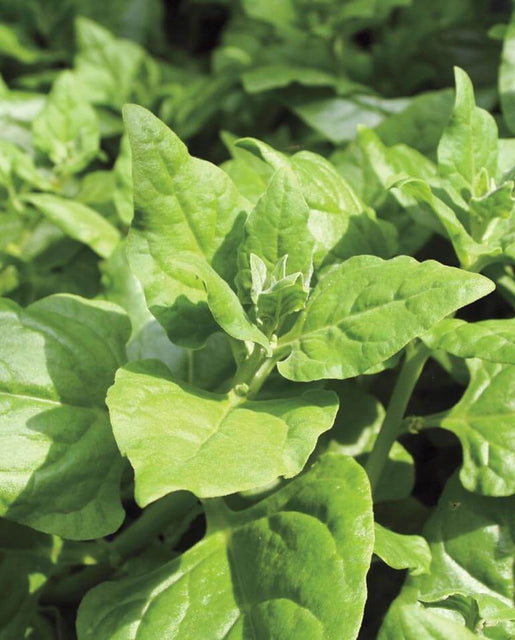
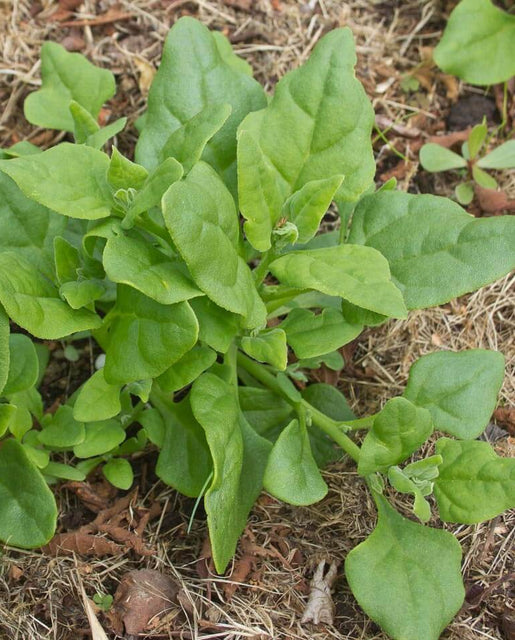
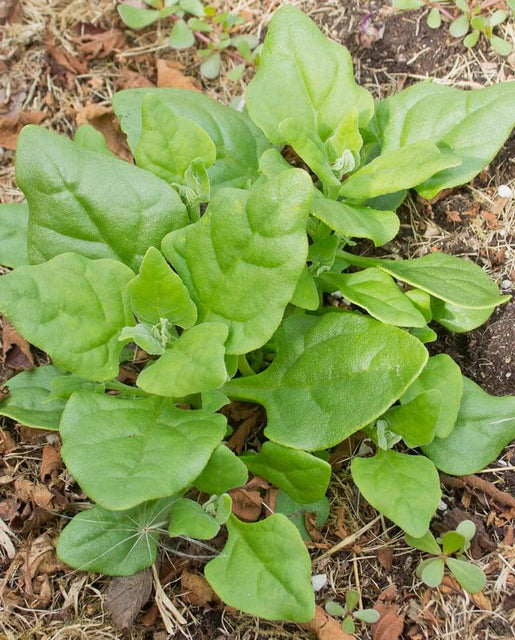
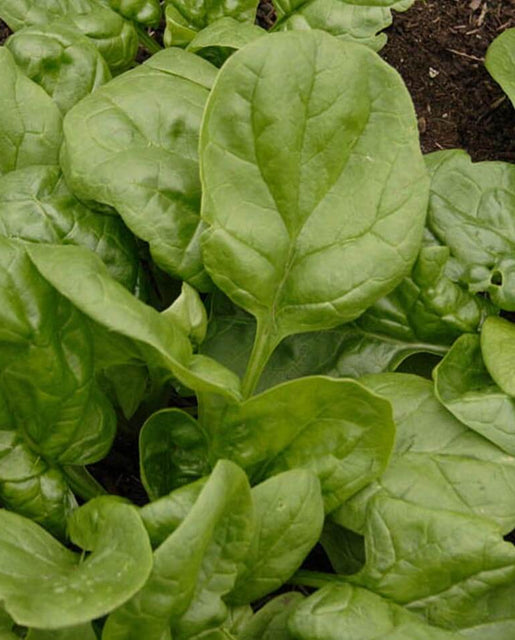
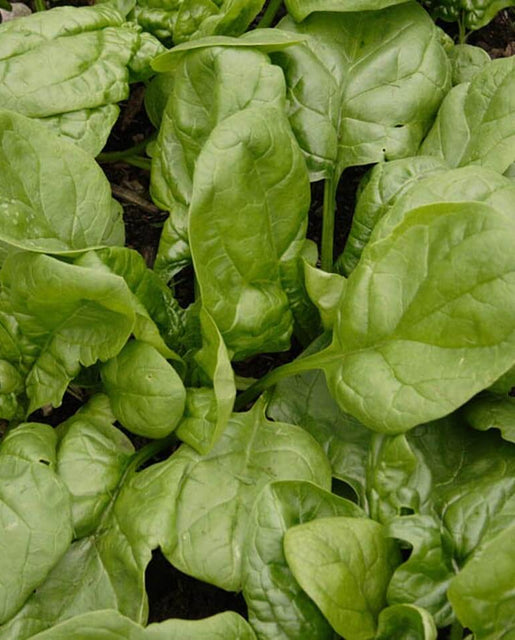




Reviews
There are no reviews yet.